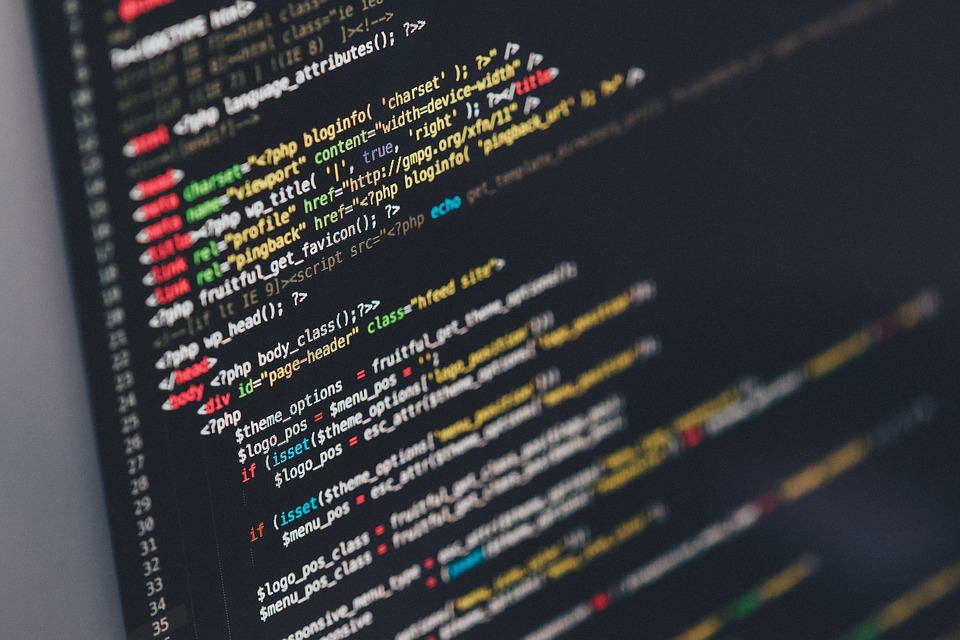Computer programming can be both a mystery and a challenge to many people today. While some pupils in computer programming courses are computer science (CSC) majors, many others are simply required to take the beginning programming courses as a part of fulfilling requirements within their own majors (computer engineering, chemistry, math, etc.). For these non-programming majors, even such basic programming courses can prove a significant challenge. For anyone who has found himself faced with this challenge or is simply trying to learn how to program, here is some great advice about how to best approach writing a computer program.
Use Eclipse or Net Beans to Guide Your Programming
While working in Notepad or Notepad++ is entirely practical for most programmers, programs such as Eclipse and Net Beans will make the journey much smoother for beginners. Both can be accessed or downloaded for free from the internet and both provide programmers with basic, already written layouts of various forms of coding. Additionally, both have built-in mechanisms that allow users to know when the code is not properly written/is erroneous coding. Since both Eclipse and Net Beans have their respective pros and cons, users should try out both programs to decide which one is best suited for their particular tastes.
Identify the Problem
Simply put, all programs are just technological ways of solving various problems. You cannot write a good program without first fully identifying your end goal, what you wish to accomplish through your code. Clearly identify what it is you which to achieve, however complex that may be; all another coding will be focused on fulfilling this task.
Write a Comprehensive Pseudo-Code
This step is crucial to the smooth and orderly writing of a good program. Working backward from your desired goal, plan out exactly what functions and loops you will need to code for in order to achieve the wanted result. Do not bother with writing in the proper coding syntax of whatever language you are using to code; this is only a pseudo code and should be used as the skeleton on which the actual code can be built. Use this step to plan out the entire program from A-Z, and your actual coding experience should be much simpler.
Finally, Write Your Code
Using your desired program (Net Beans or Eclipse) and your pseudo code with your end goal in mind, compile the actual coding syntax that will accomplish your desired result (based off of your pseudo code steps). This does not mean you have been completely fluent in whatever language you are coding; coding languages are just like any other language and learning them takes time and practice. Instead, make full use of whatever resources (coding textbooks, online guides) that are available to you. These resources should provide you with enough information on exactly what coding syntax is needed for you to write your code from your pseudo code notes.
Learning how to write computer programs takes significant time, skill and extra education, as well as practice. Use these steps to guide you along the way, and your programming experience should be a smooth one.

